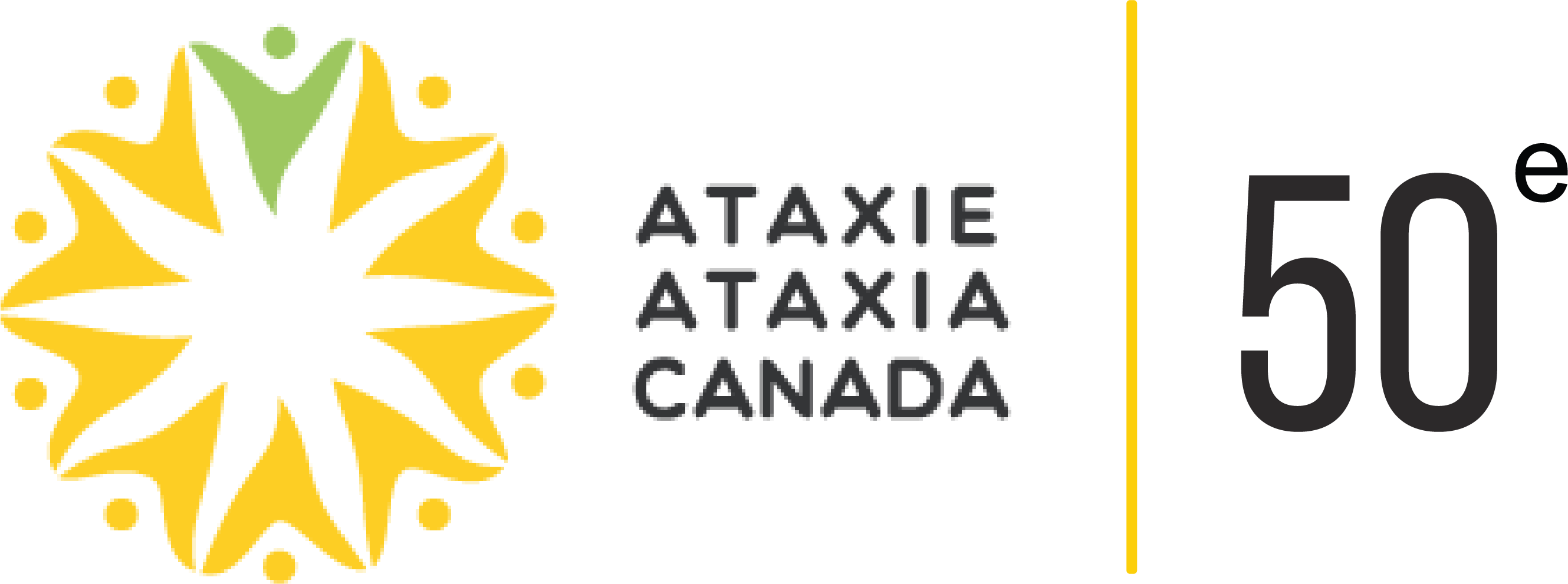
ACHIEVED PRIMARY ENDPOINT OF STATISTICALLY SIGNIFICANT IMPROVEMENT IN MFARS COMPARED TO PLACEBO AFTER 48 WEEKS OF TREATMENT
Reata Pharmaceuticals, Inc. (Nasdaq: RETA), a clinical-stage biopharmaceutical company, announced today that the registrational Part 2 portion of the MOXIe Phase 2 trial of omaveloxolone in patients with Friedreich’s ataxia (FA) met its primary endpoint of change in the modified Friedreich’s Ataxia Rating Scale (mFARS) relative to placebo after 48 weeks of treatment. Patients treated with omaveloxolone (150 mg/day) demonstrated a statistically significant, placebo-corrected 2.40 point improvement in mFARS after 48 weeks of treatment (p=0.014). Omaveloxolone treatment was generally reported to be well-tolerated. Based on these positive results, and subject to discussions with regulatory authorities, the company plans to proceed with the submission of regulatory filings for marketing approval in the United States and internationally.
“The results of MOXIe represent a truly historic moment for the patients, families, and caregivers that comprise the Friedreich’s ataxia community,” said Ronald Bartek, President of the Friedreich’s Ataxia Research Alliance (FARA). “Based on the results reported today for omaveloxolone, we are hopeful that our community will finally have its first approved therapy that can slow this relentlessly progressive disease. We are extremely proud of, and grateful for, the FA community including all those who have participated in this clinical trial and in the natural history study important in designing the trial. We are also grateful to the clinical teams who conducted the trial and to our Reata colleagues. We look forward to continuing the Reata-FARA partnership as we work in pursuit of approval of the first FA therapy.”
“Patients living with Friedreich’s ataxia experience a devastating and progressive loss of neurological function. The MOXIe trial with omaveloxolone is the first study to demonstrate a significant improvement in neurological function in patients with FA. We believe that the MOXIe findings announced today bring us closer to our goal of providing an urgently needed therapy to patients with FA,” said Warren Huff, President and Chief Executive Officer of Reata. “On behalf of everyone at Reata, I would like to express my sincere appreciation to all of the patients, families, and investigators who participated in the MOXIe study.”
Full MOXIe study results will be presented at a future medical meeting.
Trial Overview and Results
Part 2 of MOXIe, an international, multi-center, double-blind, placebo-controlled, randomized registrational Phase 2 trial, enrolled 103 patients with FA at 11 study sites in the United States, Europe, and Australia and is the largest global, interventional study ever conducted in FA. Patients were randomized 1:1 to 150 mg of omaveloxolone or placebo. The primary analysis population included patients without pes cavus (n=82), a musculoskeletal foot deformity that may interfere with the patient’s ability to perform some components of the mFARS exam. Safety analyses were evaluated in the all randomized population (n=103).
The primary endpoint for the study was change in the mFARS score relative to placebo after 48 weeks of treatment. The mFARS is a physician-assessed neurological rating scale used to measure FA disease progression. It includes four sections that measure the patient’s performance of activities such as speaking and swallowing, upper limb coordination, lower limb coordination, and standing and walking. The United States Food and Drug Administration (FDA) has indicated that mFARS is an acceptable primary endpoint to evaluate the effect of omaveloxolone for the treatment of patients with FA.
Omaveloxolone treatment met the primary endpoint of the study producing a statistically significant, placebo-corrected 2.40 point improvement (decrease) in mFARS (n=82; p=0.014). Patients treated with omaveloxolone experienced a mean improvement in mFARS of -1.55 points from baseline, while patients treated with placebo experienced a mean worsening in mFARS of +0.85 points from baseline. The observed placebo-corrected improvements in mFARS were time-dependent, increasing over the course of treatment with the largest improvement observed after 48 weeks of treatment.
Omaveloxolone treatment also improved the mFARS scores of patients with pes cavus. When the pes cavus patients are included in the analysis of the mFARS scores at Week 48 (the all randomized population), omaveloxolone treatment produced a mean statistically significant, placebo-corrected 1.93 point improvement in mFARS (n=103; p=0.034). Omaveloxolone treatment also improved several secondary endpoints included in the study.
Omaveloxolone was generally reported to be well tolerated in this study. Four (8%) omaveloxolone patients and two (4%) placebo patients discontinued study drug due to an adverse event (AE). The reported AEs were generally mild to moderate in intensity, and the most common AEs (> 20%) observed more frequently compared to placebo were headache, nausea, increased aminotransferases, fatigue, and abdominal pain. Increases in aminotransferases are a pharmacological effect of omaveloxolone, which increases production of aminotransferases in vitro, and we believe are related to restoration of mitochondrial function. In MOXIe, the aminotransferase increases were associated with improvements (reductions) in total bilirubin and were not associated with liver injury. The overall rate of serious adverse events (SAEs) was low, with three patients in each group reporting SAEs while receiving study drug. Two additional omaveloxolone-treated patients reported SAEs approximately two weeks after receiving their final dose.
Source: ICI
